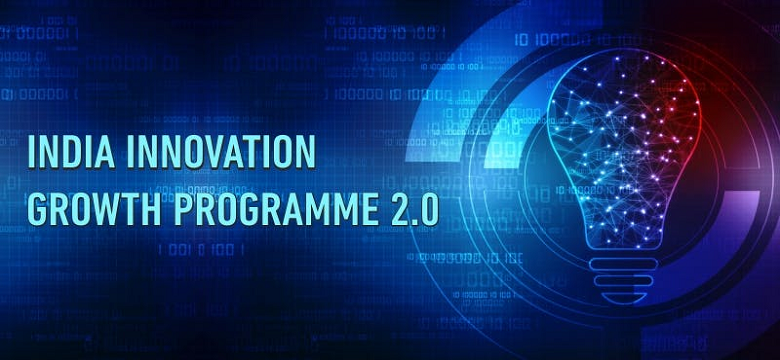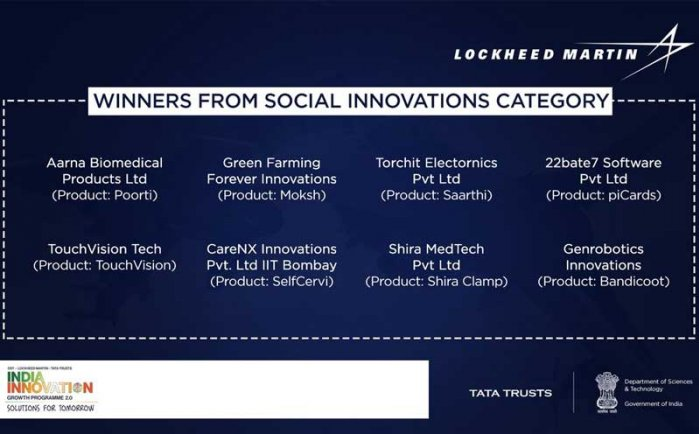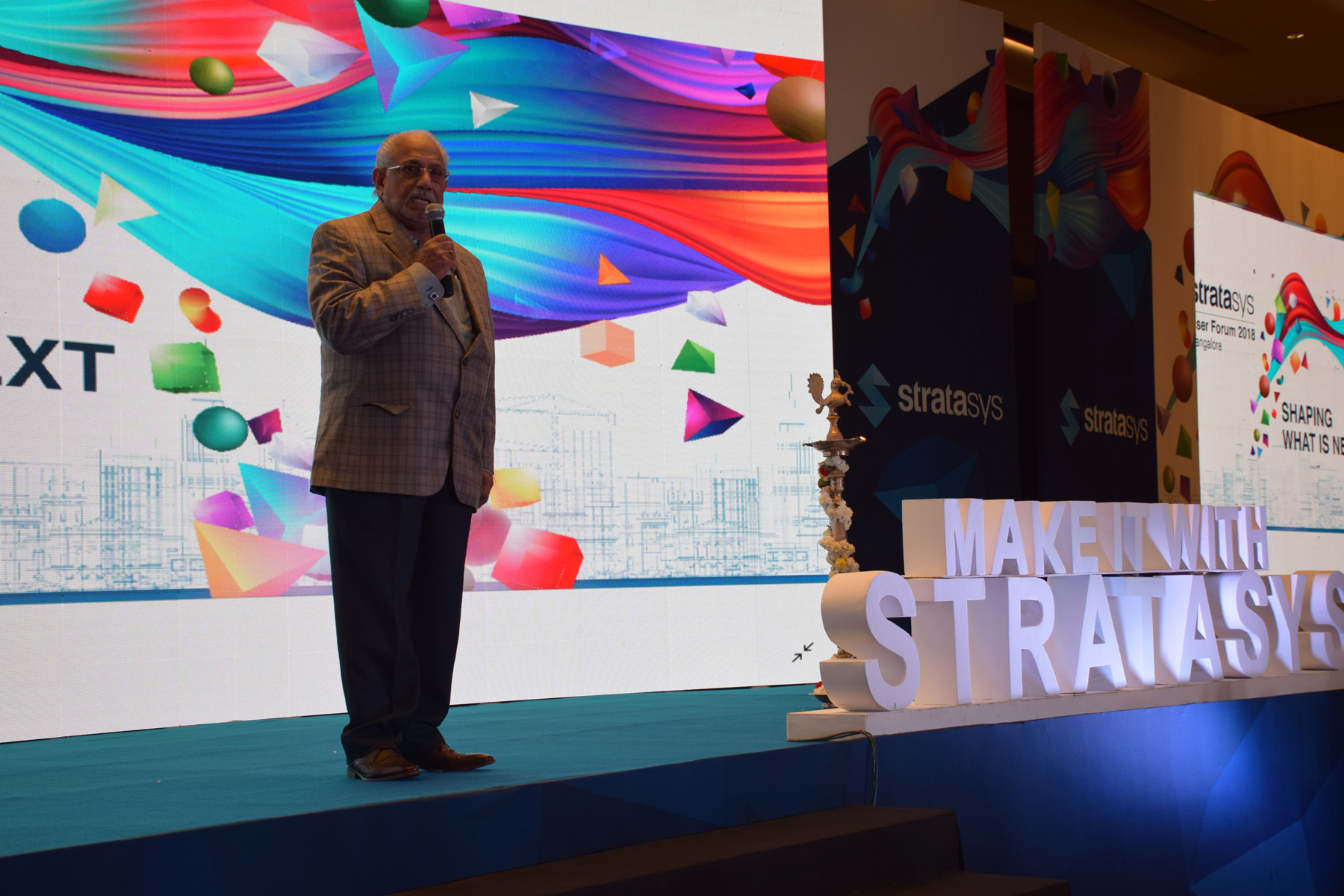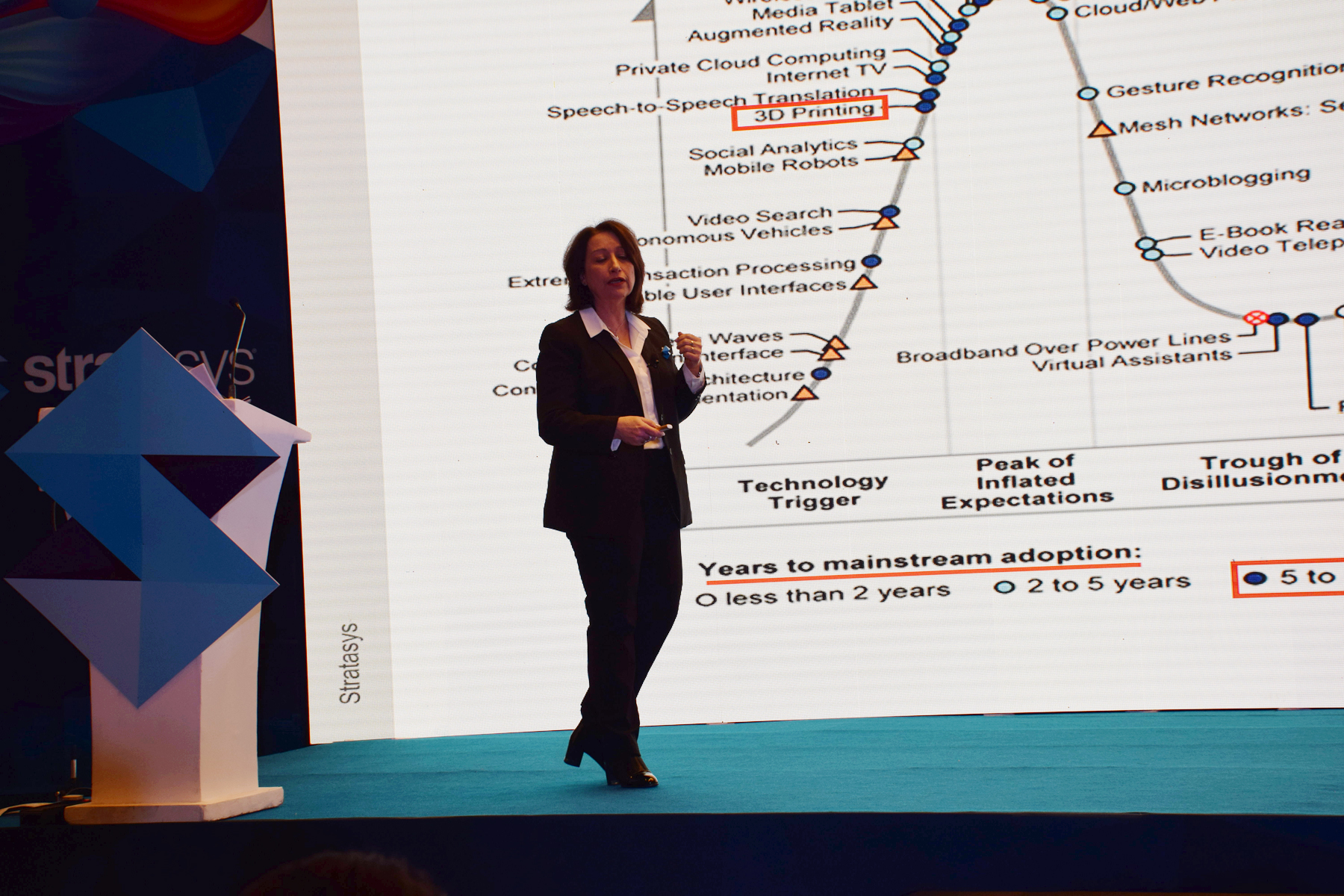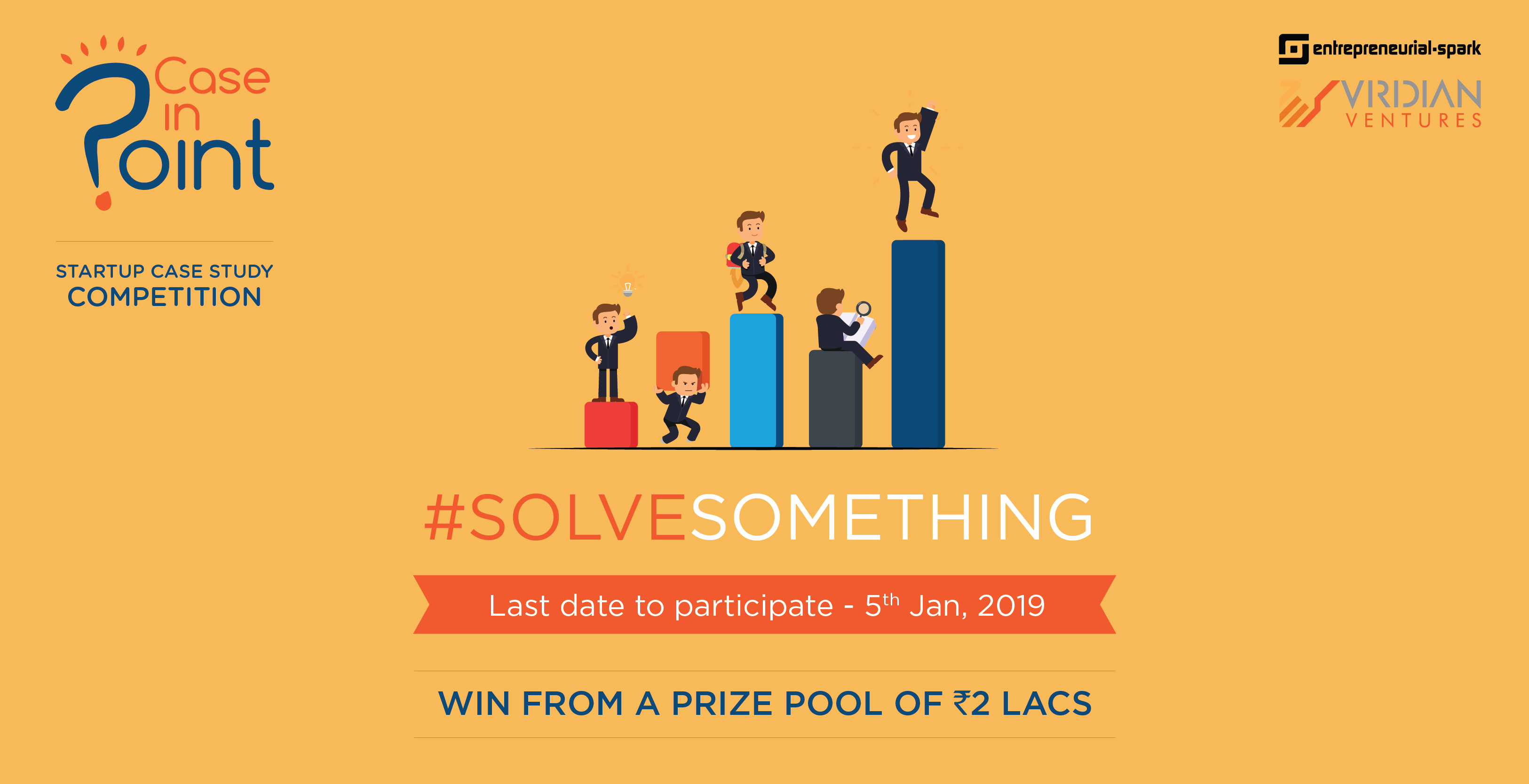Amazon India announced the Best of Prime 2018, highlighting how the program has evolved and how Prime members across the country enjoyed amazing benefits and offers throughout the year. Prime brings to members the best of Amazon in India with unlimited free 1 and 2 day delivery, exclusive launches, early access to sale events, video streaming, and much more. Prime introduced 2 new benefits in 2018, Prime Music and Prime Reading now included in members existing subscription at no extra cost. More new members signed up for Prime in 2018 than ever before.

Top honors went to Mirzapur, Comicstaan and Breathe [Three most binged Indian Prime Original series on Prime Video], Arijit Singh [most streamed artist on Prime Music], Immortals of Meluha [most borrowed title on Prime Reading]. OnePlus 6 [most popular Prime Exclusive launch], Amazon FireTV Stick, Madhur sugar, JBL headphones, MI power bank, Haier washing machine, and MI TV [most popular products]. Amazon India’s Best of Prime 2018 can be found on Prime Insider at amazon.in/bestofprime
Akshay Sahi, Director and Head of Prime, Amazon India, said
We loved delivering smiles throughout the year, whether through blockbuster Prime originals like Mirzapur, exclusive launches of top products like OnePlus 6, latest songs and specially curated playlists on Prime Music, or through early access to our biggest Diwali sale. We are humbled by the tremendous response from members to their latest benefits – Prime Music and Prime Reading, and really believe that the simple all-inclusive Prime membership at Rs. 999 a year or Rs. 129 a month is truly the best deal in shopping and entertainment today.
Best of Prime 2018 – Top Products
- Most Popular products during the year included Amazon Fire TV Stick, Madhur Pure and Hygienic Sugar, JBL In-Ear Headphones with Mic, Mi 10000mAH Power Bank, Haier 5.8 kg Fully-Automatic Top Loading Washing Machine and Mi LED TV 4C PRO [32″] Android TV.
- The top product sold on Prime Day 2018 was Redmi Y2 Gold 32GB Smartphone.
Among Exclusive Products launched on Prime Day, NesPlus became no. 1 in the gourmet section of grocery, selling 1 unit every 3 seconds.
Best of Prime 2018 – Fastest Deliveries of the Last Year
Ultra-fast delivery in 2 hours or less was in demand on Prime Now in Hyderabad, Bengaluru, Mumbai and Delhi NCR. The fastest deliveries of 2018 include-
- 57 minutes in Kothaguda, Hyderabad for Milton Marvel Insulated Steel Casseroles
- 26 minutes in Marathalli, Bengaluru for Amazon Brand, Solimo Wall Sticker
6.45 minutes in Electronic City, Hyderabad for Colgate Plax Peppermint Mouthwash
Best of Prime 2018 – Prime Video
2018 was an exciting year for Prime Video with multiple Prime Original series like Breathe, Comicstaan and Mirzapur, being launched. The shows were loved by consumers across the length and breadth of the country.
Besides English, Prime Video is now available in 6 Indian languages including Kannada, Tamil, Telugu, Marathi, Bengali and Hindi. Prime Video also introduced Hindi, Tamil and Telugu user interfaces which included navigation, browsing, and customer support, in a bid to offer a more localized experience to its customers. A significant selection of Prime Video content now features show descriptions and subtitles in these languages.
- The three most binged Indian Prime Original series and the top Indian TV shows were Mirzapur, Comicstaan and Breathe.
- The top cities in India that streamed the most hours of Prime Video were Bangalore, Hyderabad, Mumbai, Delhi.
- This just in – The two most binged Prime Original series worldwide include Tom Clancy’s Jack Ryan starring John Krasinski and Homecoming starring Julia Roberts.
- Amazon Prime Original Inside Edge becomes the First Indian Show from the Video Streaming Industry to be nominated for the coveted 2018 International Emmy Awards.
Members loved The Marvelous Mrs. Maisel and so did the Academy of Television Arts & Sciences. With eight Emmy Awards, the series won more than any comedy series ever has for a single season, including “Outstanding Comedy Series”.

Best of Prime 2018 – Prime Music
Members in the country streamed music in 18 Indian and International languages on Prime Music and couldn’t get enough of the hits on Prime Music:
- The most streamed artist was Arijit Singh.
- Prime Members thoroughly enjoyed Amazon Prime Music curated Playlists, with the top 3 favourites being Hot Right Now Hindi, Fresh Hindi and Hot Right Now Pop.
- The most streamed playlists in 2018 were – ‘Hot Right Now Pop’ in English, ‘Hot Right Now Hindi’ in Hindi, ‘Fresh Malayalam’ in Malayalam, ‘Best of Ajay-Atul’ in Marathi, ‘Hot Right Now Punjabi’ in Punjabi, ‘Hot Right Now Tamil’ in Tamil and ‘Fresh Telugu’ in Telugu.
- Members’ favourite albums included Sonu Ke Titu Ki Sweety, Veere Di Wedding and Dhadak.
- Members’ favourite 2018 songs included Bom Diggy Diggy [from Sonu Ke Titu Ki Sweety], Tareefan [from Veere di Wedding] and Dil Chori [from Sonu Ke Titu Ki Sweety].
- The most streamed International artist was Imagine Dragons.
- Most requested song from 2018 on Prime Music via Alexa in India was ‘Shape of You’ by Ed Sheeran.
Best of Prime 2018 – Prime Reading
Everyone loves a good book, and members are no exception. Launched in India in September 2018, here’s a look at Indian members’ top picks on Prime Reading*:
- The top five most borrowed titles by Prime members in India include “Immortals of Meluha” [the Shiva Trilogy Book 1], “One Indian Girl”, “Speed Reading: How to Double (or Triple) Your Reading Speed in Just 1 Hour”, “Harry Potter and the Philosopher’s Stone” and “Captain Marvel Vol. 1: Higher, Further, Faster, More”.
- Immortals of Meluha (the Shiva Trilogy Book 1), was the most borrowed title in a single day on the first day Prime Reading launched in India.
Members love super heroes – two Marvel comics, “Captain Marvel Vol. 1: Higher, Further, Faster, More” and “Avengers vs. Thanos” were among the top 10 books borrowed on Prime Reading.
Best of Prime 2018 – Amazon Pay
Prime members can now enjoy exclusive offers when they use Amazon Pay. On Amazon.in, members can earn upto 2% Prime Reward on every order placed, saving up to Rs. 2400 a year. Members can also experience & enjoy Prime exclusive offers when they book their movie or travel tickets, order their favourite food on popular partner sites & apps when they pay using Amazon pay.
- Most popular partner apps/sites were Swiggy, BookMyShow and Redbus.
- On partner apps/sites, 7 out of 10 Prime members came back every month and paid using Amazon Pay.
- Every third order placed using Amazon Pay on these partner merchants was by a Prime member
Methodology
The Best of Prime analyzed how Prime members worldwide enjoyed their Prime benefits. Asterisks indicate analysis from October 1, 2017 through September 30, 2018, unless noted otherwise; additional claims indicate analysis from November 1, 2017 through October 31, 2018. Information included in all results examines data at a collective level, without viewing personal information by specific Prime members.
